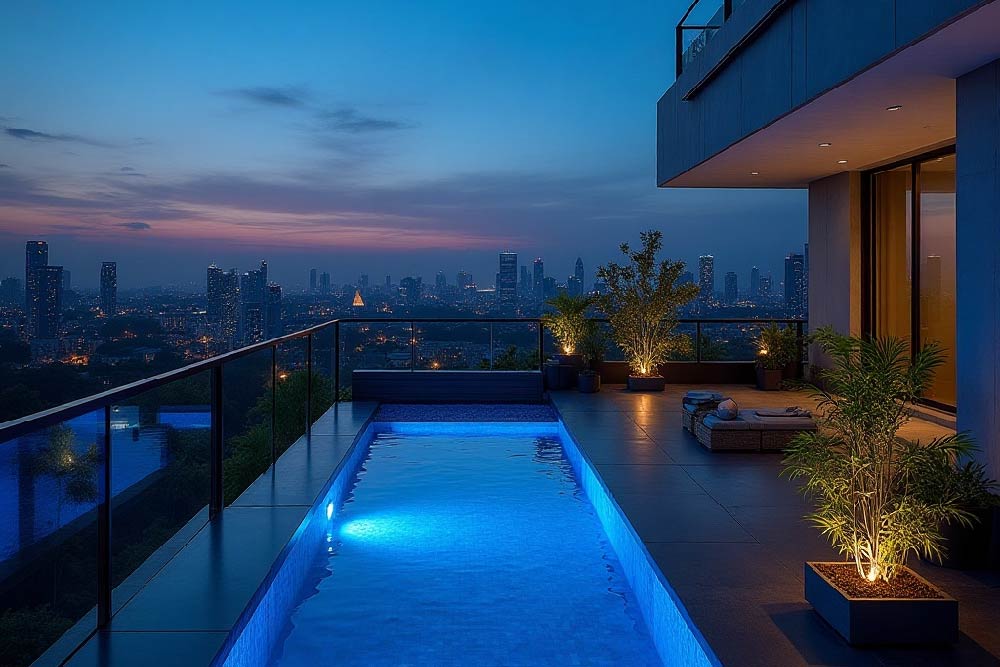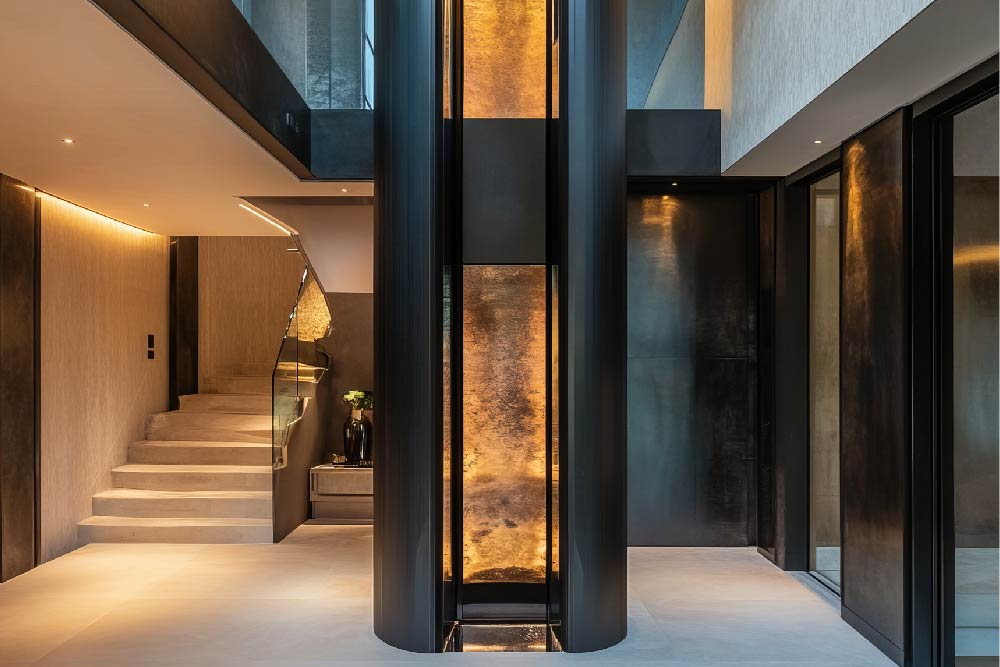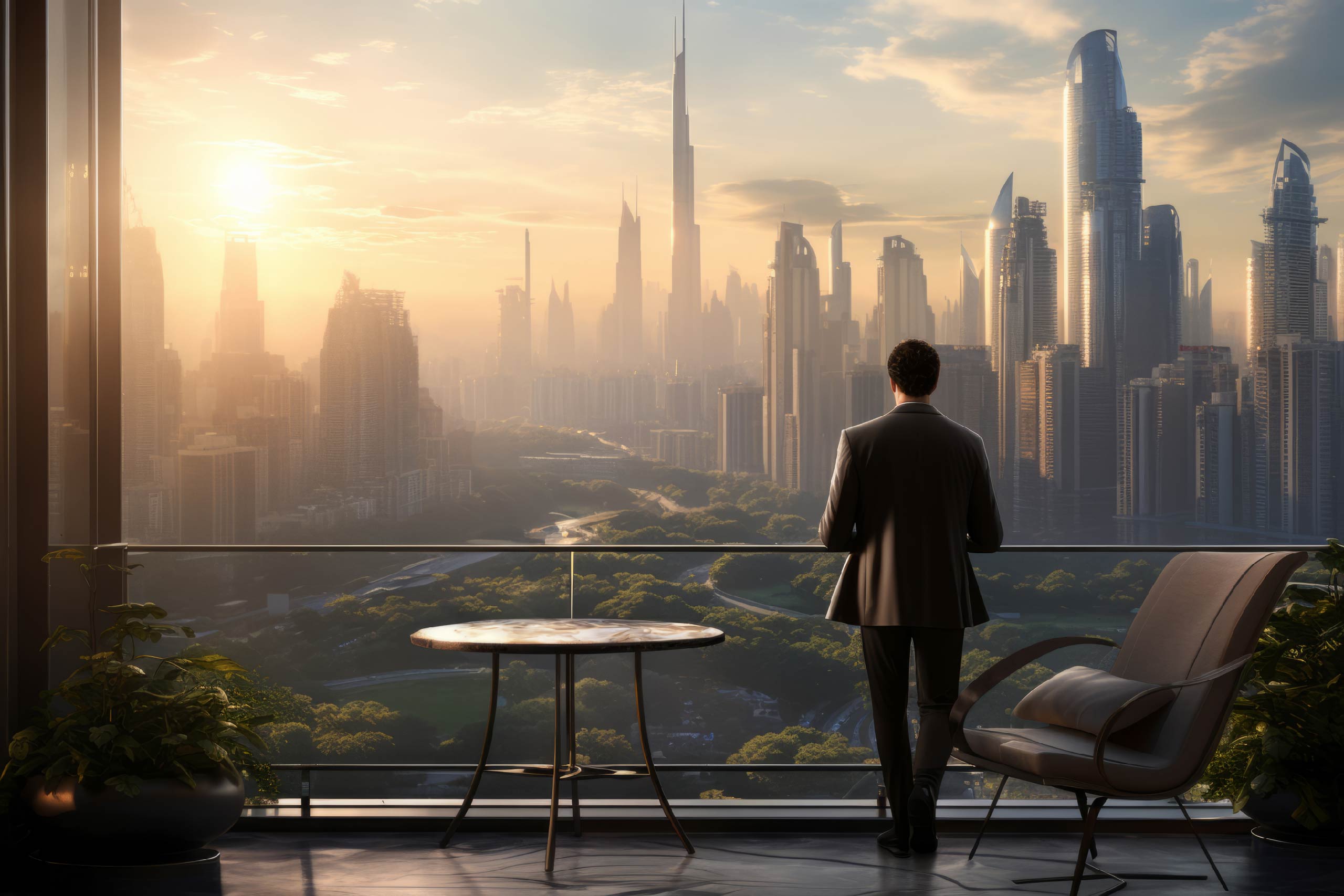
Pune has quietly transformed into one of India’s most dynamic luxury homes in Pune markets. Once seen as a haven for retirees and industrialists, the city has evolved into a thriving hub of cosmopolitan affluence driven by a new generation of tech entrepreneurs, global executives, and lifestyle-conscious buyers.
In fact, Pune, Mumbai, and Delhi-NCR together accounted for 66% of all luxury home sales in Q4 2024, a clear testament to Pune’s consistent presence among India’s top areas to buy luxury homes in Pune (CBRE). What sets Pune apart isn’t just the inventory – it’s the quality of life, the architectural evolution, and the consistency in demand from India’s growing base of high-net-worth individuals.
Let’s explore the micro-markets and momentum behind Pune’s luxury housing ascent.
Pune’s Steady Rise Among India’s Luxury Market Leaders
Pune is no longer an emerging luxury location—it is actively setting benchmarks for space, scale, and sophistication. In 2024 alone, the city saw 4,628 luxury homes in Pune launched—a 17% increase over 2023 and a remarkable 12x jump compared to pre-COVID 2019 levels. At the same time, high-end residential launches accounted for 2,650 units in Q4 2024, forming 26% of all new launches in the city—further cementing Pune’s growing dominance in this space (Cushman & Wakefield).
These impressive launches are being swiftly absorbed, particularly in best localities in Pune for luxury real estate and gated communities. Behind this absorption lies a clear shift in buyer priorities towards larger, more adaptable homes that align with evolving lifestyle needs.
Bigger Homes, Higher Aspirations
One of the most compelling shifts in Pune’s luxury market is the growing preference for larger living spaces. The buyer today isn’t just looking for status, they’re looking for functionality, privacy, and the flexibility to accommodate work, wellness, and entertainment under one roof.
According to The Financial Express, the average size of luxury homes in Pune has grown from 2,500 sq. ft. in 2023 to 3,200 sq. ft. in 2024. That’s a significant leap in just a year, an indicator of changing lifestyle priorities and rising aspirations. Moreover, even the demand for 4BHKs and above has risen by 40% year-on-year. This paradigm shift underscores that today’s luxury buyer wants more than just a home, they want an ecosystem of comfort and adaptability. This trend is shaping the blueprint of new launches across top areas to buy luxury homes in Pune, where expansive layouts and multifunctional spaces are now the norm.
The Top Luxury Micro-Markets in Pune
What makes Pune unique is the depth and diversity of its luxury homes in Pune neighbourhoods. Each zone has its own story, but all of them meet the same core criteria: connectivity, lifestyle, exclusivity, and appreciation potential. Here are the best localities in Pune for luxury real estate:
- Koregaon Park–Boat Club Road:Long considered Pune’s most iconic posh areas, they combine verdant green landscapes with global fine dining, boutique stores, and excellent architecture. Properties here are limited and fiercely sought after, keeping capital values consistently strong.
- Kalyani Nagar: : With its proximity to the airport, business hubs, and top-tier schools, Kalyani Nagar has evolved into one of the most liveable premium zones in Pune. It’s ideal for buyers who want to buy a house in a location that offers both lifestyle and logistical convenience.
- Kharadi: Emerging as a prominent Pune ultra luxury properties market, Kharadi is known for its upscale residences and proximity to major IT hubs. Developments like Panchshil Towers and YOO Villas offer premium residences with modern amenities, catering to buyers seeking exclusivity and convenience.
- Prabhat Road and Bhandarkar Road: Adjacent to the esteemed Deccan Gymkhana and the PYC Hindu Gymkhana, these roads are renowned for their serene environment and proximity to nationally recognised educational institutions. The blend of historic charm and modern amenities makes them highly desirable for ultra-luxury real estate investment Pune.
- Aundh, Baner, and Balewadi: This western corridor has witnessed a stunning transformation over the past five years. Once considered peripheral, it’s now the city’s fastest-growing luxury homes in Pune belt. With new-age high-rises, world-class infrastructure, and elite social amenities, this area is attracting both end-users and investors.
Each of these neighbourhoods offers a distinct blend of luxury, comfort, and investment potential—making Pune a compelling destination for ultra-luxury real estate investment Pune. As per industry forecasts, property prices in these areas are projected to touch ₹15,000 per sq. ft. by 2025, with Pune ultra luxury properties commanding ₹25,000 per sq. ft. For investors, that signals both price growth and strong rental yield.
Pune’s Position as a Leading Luxury Real Estate Market in India
The future of luxury housing in India is being shaped by cities that blend opportunity with a high liveability quotient—and Pune is among the frontrunners of this transformation. Pune has consistently ranked among India’s most liveable cities, underpinned by its balance of urban development, infrastructure, and lifestyle. According to the Ease of Living Index 2024, the city secured the second position nationwide with a score of 66.27, evaluated across parameters such as quality of life, economic ability, and environmental sustainability./p>
At SQUAREA, we curate the most exceptional luxury homes in Pune across Kharadi, Koregaon Park, Kalyani Nagar, and other top areas to buy luxury homes in Pune. Whether you are upgrading your lifestyle or diversifying your investment portfolio, we offer expert and professional guidance. Discover Pune ultra luxury properties, gated communities, and branded residences—all in one place.
Contact us at hello@squarea.io or call +91 90 9641 9641 to explore the city’s most coveted addresses. Your next luxury investment starts here — with SQUAREA.




